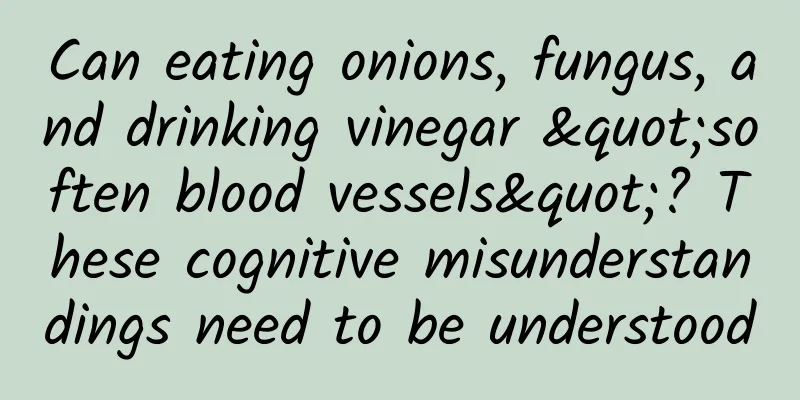[Medical Q&A] Is nebulization treatment for bronchial asthma in children safer and more effective than infusion?
![[Medical Q&A] Is nebulization treatment for bronchial asthma in children safer and more effective than infusion?](/upload/images/67eff87e52203.webp)
|
Planner: Chinese Medical Association Reviewer: Niu Chao, deputy chief physician, Children's Hospital Affiliated to Chongqing Medical University Bronchial asthma is a common chronic respiratory disease in children, with symptoms including recurrent wheezing, coughing, chest tightness and shortness of breath. In the treatment of childhood asthma, nebulization therapy and infusion are two common ways of drug administration. In the treatment of childhood asthma, atomization therapy has more obvious advantages than infusion therapy. Atomization therapy can directly deliver drugs to local lesions such as small airways and alveoli, and achieve a certain drug concentration locally, which can relieve cough, anti-inflammatory, antiasthmatic, and expectorant effects. Since the drug acts directly on the lesion site, atomization therapy takes effect faster and has fewer systemic adverse reactions. In contrast, although infusion therapy can also achieve therapeutic effects, the drug needs to go through the blood circulation to reach the lungs, the onset is relatively slow, and the risk of systemic adverse reactions is higher, which requires the cooperation of parents and children. Of course, atomization therapy is not completely risk-free. When performing atomization therapy, the atomizer needs to be operated correctly to ensure that the dosage and method of use of the drug are accurate. After treatment, the mouth also needs to be cleaned in time to prevent drug residues and oral fungal infections. In addition, some children may experience gastrointestinal symptoms such as nausea and vomiting during atomization therapy, or dry and itchy discomfort may occur in the eyes due to irritation of the gas in the atomized liquid. However, these adverse reactions are relatively mild and disappear after stopping the drug. Although nebulizer therapy has many benefits, it is not suitable for all children with asthma. If a child's asthma attack is very severe, nebulizer alone may not be able to quickly control the condition. At this time, infusion may be needed to quickly allow the drug to reach the whole body to stabilize the condition. There are also some special cases, such as children who cannot cooperate with nebulizers, or there are contraindications to certain nebulizer drugs, and other treatment methods need to be considered. In general, in the treatment of childhood asthma, nebulization therapy is safer and more effective than infusion in most cases. It allows the drug to act precisely on the lesion site, with a quick onset and fewer adverse reactions. However, the specific treatment plan still needs to be determined by the doctor based on the severity of the child's condition, individual differences, etc., and the doctor should make a comprehensive judgment to choose the most suitable treatment method for the child. What parents need to do is to actively cooperate with the doctor so that their children can recover as soon as possible. |
>>: [Medical Q&A] Do all examinations in the radiology department involve radiation?
Recommend
When does a woman go through menopause?
Some girls even say that they don't want to b...
Is hysteroscopy dangerous?
Most women will feel pain during hysteroscopy, so...
How much is hcg in one week of pregnancy
To determine whether you are pregnant, you mainly...
How to overcome height anxiety? You don’t really need to rely on height-increasing injections →
Everyone wants to have long legs and be tall, but...
How to treat leucorrhea with fishy smell
When a woman's leucorrhea secretion changes i...
How much water should a pregnant woman drink in a day
After giving birth, a woman's body is very we...
The harm of sudden conflicts between doctors and patients, doctors and doctors, and doctors and nurses during the peri-anesthesia period
There are many cases of conflicts between doctors...
How to wear underwear for women with big breasts
As we all know, girls want to have proud breasts....
People who have the habit of eating fish live longer!
Compiled by: Gong Zixin The Japanese are used to ...
What is the nutritional value of Hami melon? Is Hami melon hot or cold?
Hami melon is a good choice for summer heat relie...
The more you eat, the higher your blood sugar level? Beware of these "pseudo-whole grains"
In recent years, as the concept of healthy eating...
What is the solution for small blisters caused by inflammation on the vulva?
When people get angry, they will have many uncomf...
5 major symptoms of female non-ovulation
Getting married and having children is every woma...
How to take care of yourself after hysterectomy?
The uterus is the most important organ in our fem...
Can you cook noodles in the snail noodle soup? How to cook snail noodles?
The carefully cooked snail soup has a unique flav...









